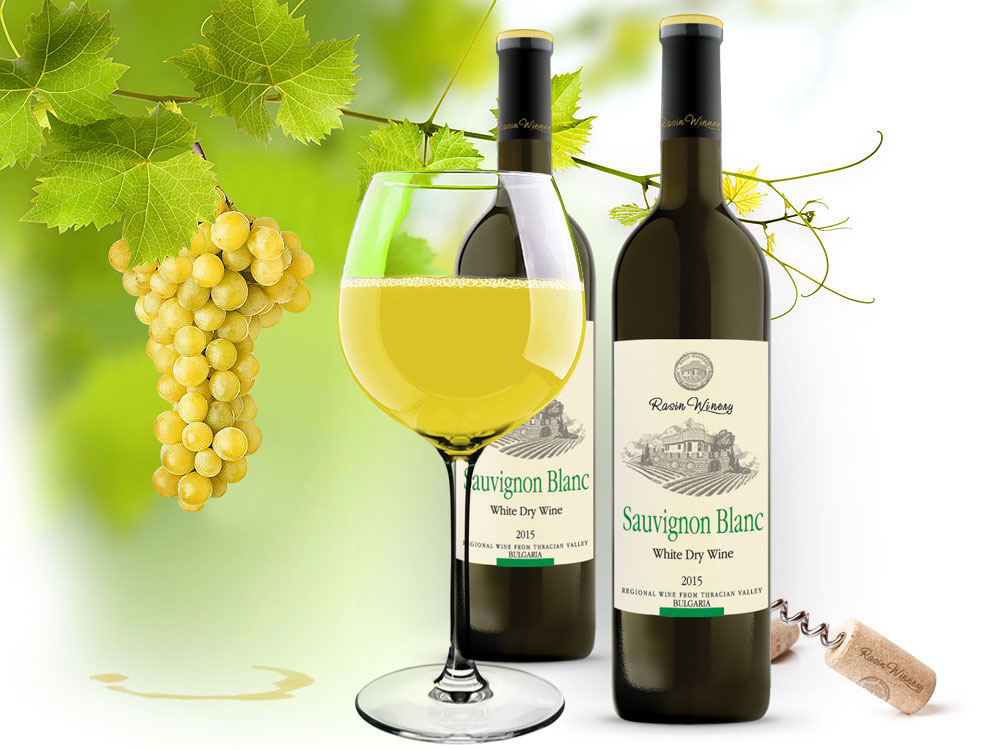
Wine! We all love wine. Ok, maybe not all of us, but all wine lovers love wine. That’s a fact! Even ask yourself if you’re doubting it. Winos love drinking their wine but chances are most of us don’t know much about our tipple of choice. We know for sure that we love our wine in a particular color, we love how our preferred wine tastes and we are all so aware of the health benefits we get from our preferred wines. That’s just about it! Not much isn’t it?
Well, here’s what you probably don’t know but you probably should know about some of the popular wines out here…

Cabernet Sauvignon
This is one of the world’s most widely recognized red wine grape varieties. It is grown in nearly every major wine producing country.
Cabernet Sauvignon or Cab Sauv as I prefer to call it, became internationally recognized through its prominence in Bordeaux wines where it is often blended with Merlot and Cabernet Franc.
From France, the grape spread across Europe and to the New World where it found new homes in places like Carlifonia, Santa Cruz, Napa Valley, New Zealand, Australia and Chile.
Merlot
Merlot is one of the most popular red wine varietals. It is one of the world’s most planted grape varieties and is popular for blending with other grapes.
The Merlot grape is of a dark blue-colored wine grape variety and is used as both a blending grape and for varietal wines. The name Merlot is thought to be a diminutive of merle, the French name for the blackbird, probably a reference to the color of the grape.
Along with Cabernet Sauvignon, Cabernet Franc, Malbec and Petit Verdot, Merlot is one of the primary grapes used in Bordeaux wine, and it is the most widely planted grape in the Bordeaux wine regions.

Syrah or Shiraz
This is a dark-skinned grape variety grown throughout the world and is used primarily to produce red wine. In 1999, Syrah was found to be the offspring of two obscure grapes from southeastern France, Dureza and Mondeuse Blanche.
Syrah is used as a single varietal or as a blend. Following several years of strong planting, in 2004 Syrah was estimated to be the world’s 7th most grown grape.
It can be found throughout the globe from France to New World wine regions such as: Chile, South Africa, the Hawke’s Bay, Waiheke, New Zealand, California and Washington and the Australian wine regions.
Pinot noir
Pinot noir is a red wine grape variety. The name may also refer to wines created predominantly from pinot noir grapes. The name is derived from the French words for pine and black. The word pine alludes to the grape variety having tightly clustered, pine cone-shaped bunches of fruit.
Pinot noir grapes are grown around the world, mostly in the cooler climates, and the grape is chiefly associated with the Burgundy region of France. It is now used to make red wines around the World, as well as Champagne, and such sparkling white wines as the Italian Franciacorta, and English sparkling wines.
Pinot Noir is the most-planted varietal used in sparkling wine production in Champagne and other wine regions.
When young, wines made from pinot noir tend to have red fruit aromas of cherries, raspberries and strawberries. As the wine ages, pinot has the potential to develop more vegetal and “barnyard” aromas that can contribute to the complexity of the wine.

Chardonnay
Chardonnay is a green-skinned grape variety used in the production of white wine.
This variety originated in the Burgundy wine region of eastern France, but is now grown wherever wine is produced, from England to New Zealand.
For new and developing wine regions, growing Chardonnay is seen as a “rite of passage” and an easy entry into the international wine market.
The Chardonnay grape itself is neutral, with many of the flavors commonly associated with the wine being derived from such influences as terroir and oak.
It is vinified in many different styles, from the lean, crisply mineral wines of Chablis, France, to New World wines with oak and tropical fruit flavors.
Wines that have gone through malolactic fermentation (such as Chardonnay) tend to have softer acidity and fruit flavors with buttery mouthfeel and hazelnut notes.
Chardonnay is an important component of many sparkling wines around the world, including Champagne and Franciacorta in Italy.
Pinot grigio or pinot gris
Pinot grigio is a white wine grape variety of the species and is thought to be a mutant clone of the pinot noir variety. It normally has a grayish-blue fruit, accounting for its name but the grapes can have a brownish pink to black and even white appearance.
The word pinot could have been given to it because the grapes grow in small pine cone-shaped clusters.
Pinot gris is grown around the globe with the “spicy” full-bodied Alsatian and lighter-bodied, more acidic Italian styles being most widely recognized.
Sauvignon blanc
This is a green-skinned grape variety that originates from the Bordeaux region of France. The grape most likely gets its name from the French words sauvage (“wild”) and blanc (“white”) due to its early origins as an indigenous grape in South West France.
Sauvignon blanc is planted in many of the world’s wine regions, producing a crisp, dry, and refreshing white varietal wine. The grape is also a component of the famous dessert wines from Sauternes and Barsac.
Sauvignon blanc is widely cultivated in France, Chile, Romania, Canada, Australia, New Zealand, South Africa, the states of Washington and California in the US. Some New World Sauvignon blancs, particularly from California, may also be called “Fumé Blanc.
Wine experts have used the phrase “crisp, elegant, and fresh” as a favorable description of Sauvignon blanc from the Loire Valley and New Zealand. Sauvignon blanc, when slightly chilled, pairs well with fish or cheese, particularly chèvre. It is also known as one of the few wines that can pair well with sushi.
Riesling
Riesling is a white grape variety which originated in the Rhine region. It is an aromatic grape variety displaying flowery, almost perfumed, aromas as well as high acidity.
It is used to make dry, semi-sweet, sweet, and sparkling white wines. Riesling wines are usually varietally pure and are seldom oaked. In terms of importance for quality wines, it is usually included in the “top three” white wine varieties together with Chardonnay and Sauvignon blanc.
Pinot blanc
Pinot blanc is a white wine grape. It is a point genetic mutation of Pinot noir. Pinot noir is genetically unstable and will occasionally experience a point mutation in which a vine bears all black fruit except for one cane which produces white fruit.
SOURCE: Wikipedia


